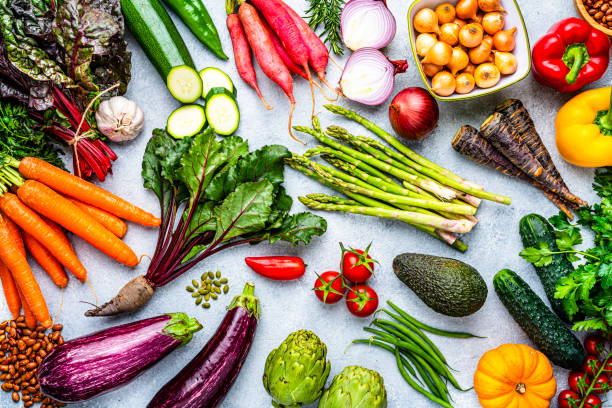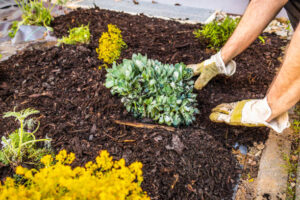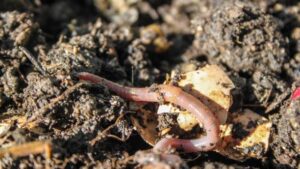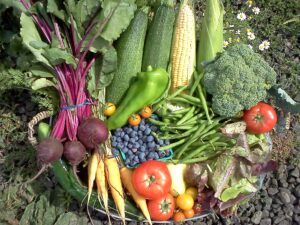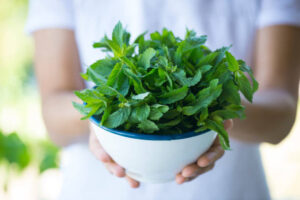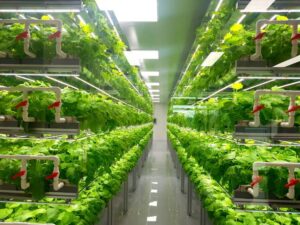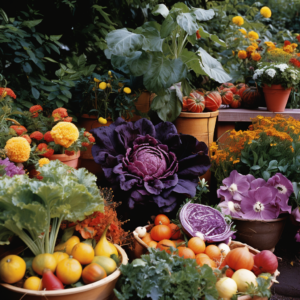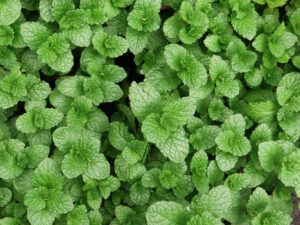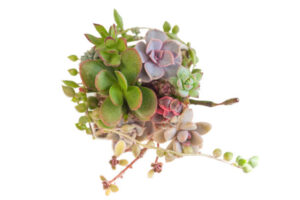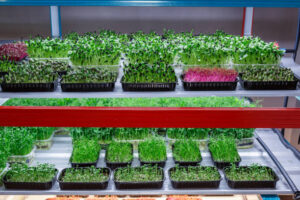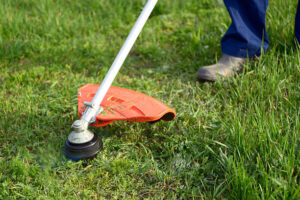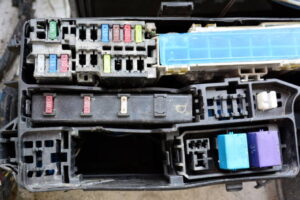Regrow Your Veggies: 8 Vegetables You Can Grow Again
Introduction:
Imagine the satisfaction of growing your own vegetables without the need for seeds or extensive gardening space. It’s not a dream—it’s regrowing vegetables from kitchen scraps! This sustainable and cost-effective gardening approach allows you to make the most out of your kitchen waste, turning seemingly discarded parts of vegetables into thriving plants. In this guide, we’ll explore eight vegetables that you can regrow with minimal effort and simple techniques. Let’s dive into the world of regrowing veggies and witness the magic of giving your kitchen scraps a second life in your garden.
1. Scallions (Green Onions):
Scallions are among the easiest vegetables to regrow. Save the white roots with about an inch of the green stem attached. Place them in a glass with enough water to cover the roots, and watch new shoots emerge in just a few days. Once they’ve grown, you can transfer them to soil or continue growing them in water, ensuring a continuous supply of fresh scallions for your culinary delights.
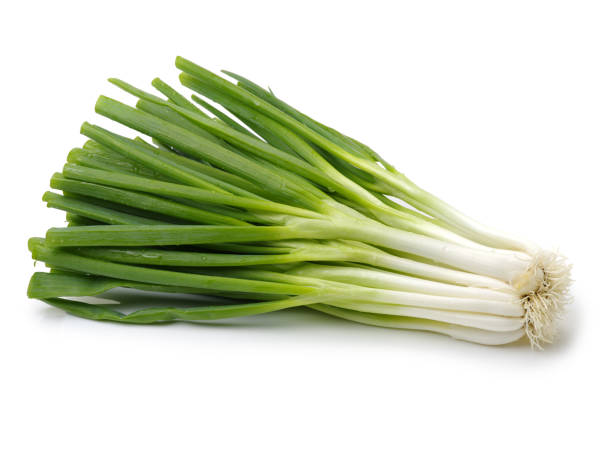
2. Lettuce and Cabbage:
Save the bottom of a head of lettuce or cabbage with the core intact. Place it in a shallow dish with a small amount of water, ensuring that the cut side is submerged. New leaves will begin to sprout from the center, and you can transplant the regrown lettuce or cabbage into soil once the roots are established.

3. Carrot Tops:
Don’t discard carrot tops; regrow them instead! Cut off the tops of carrots, leaving about an inch of the green stems. Place them in a shallow dish with water and watch as green foliage emerges. While you won’t regrow the actual carrots, you’ll enjoy fresh carrot greens that can add flavor and texture to salads and other dishes.

4. Celery:
Regrowing celery is as simple as saving the bottom of a bunch. Cut off the base and place it in a shallow dish with water, ensuring that the cut side is submerged. After a week or two, you’ll notice new leaves emerging from the center. Once the roots are well-established, transplant the celery into soil for a continuous supply.
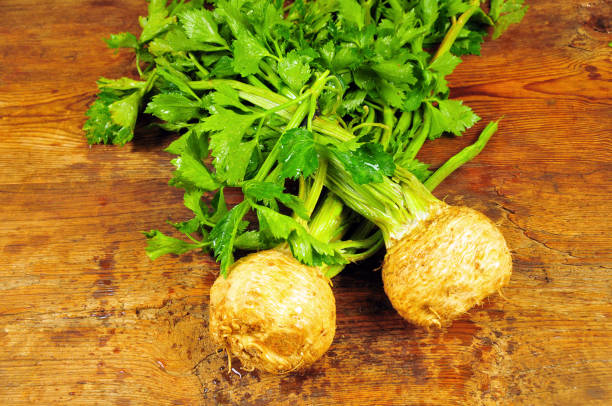
5. Garlic Greens:
If you’ve ever found sprouted garlic bulbs in your kitchen, don’t discard them—regrow garlic greens! Place sprouted garlic cloves in a glass with enough water to cover the roots. As they grow, trim the greens for a mild garlic flavor in salads, soups, or as a garnish. Garlic greens are a versatile addition to your kitchen, and regrowing them is a sustainable way to reduce waste.
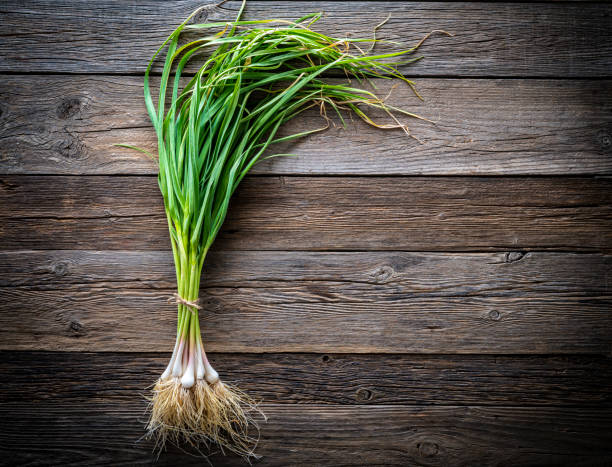
6. Potatoes:
Potatoes can be regrown from kitchen scraps, specifically from the eyes or sprouts. Cut a potato into pieces, making sure each piece has at least one sprout or “eye.” Allow the cut sides to dry for a day to reduce the risk of rotting, then plant them in soil. With proper care, these sprouted potato pieces will grow into new potato plants, providing a fresh harvest.
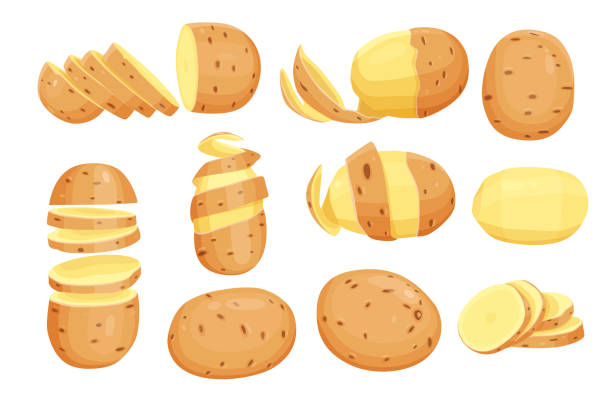
7. Bell Peppers:
Save the seeds from bell peppers and plant them in soil or a seed tray. Bell pepper seeds are easy to collect and dry before planting. Once planted, they will sprout into seedlings that can be transplanted into your garden. With patience and care, these seedlings will grow into mature bell pepper plants, producing vibrant peppers for your culinary creations.
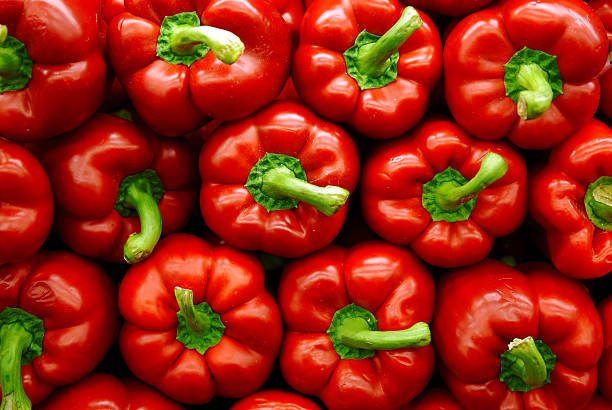
8. Ginger:
Regrowing ginger from a piece of the root is a rewarding and straightforward process. Choose a fresh ginger root with well-developed “eyes.” Plant the ginger in a pot with the eyes facing up and cover it with soil. Keep the soil consistently moist, and in a few weeks, you’ll see new shoots emerging. As the plant grows, you can harvest fresh ginger from the root for culinary use.

Conclusion:
Regrowing vegetables from kitchen scraps not only reduces kitchen waste but also provides a sustainable and rewarding way to cultivate your own produce. With minimal effort and simple techniques, you can turn kitchen scraps into thriving plants, bringing the joy of gardening to your kitchen. Experiment with regrowing different vegetables, explore new culinary possibilities, and witness the transformative power of giving your vegetable scraps a second life. Happy regrowing!

